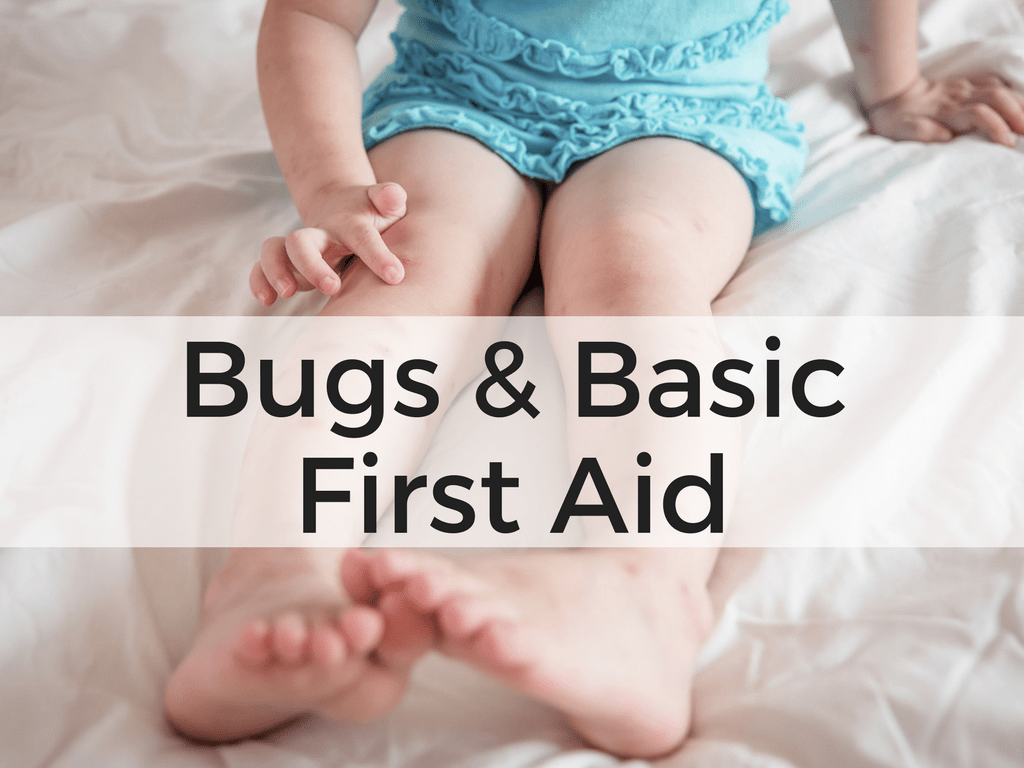The sun streamed from its mid-day vantage point in the California sky, but the fall temperature outside remained pleasantly cool. Without hesitation, we snatched up our backpacks, tossed in a lunch and darted outside to go hiking.
The trail was filled with vibrant colors; the leaves a rich autumn hue and damp earth the color of charcoal, moss and oak intermixed with stone that twinkled as the sunlight caught hold. The day was perfect…until we got back home.
Unwelcome passengers can occasionally make the outdoorsman its host, particularly when venturing deep into nature. Beneath my granddaughter’s earlobe, a dark, foreign body protruded, its legs scrambling to bury deeper into her delicate 4-year-old skin. I gasped in horror and immediately ran for the tweezers. Suddenly, my hand froze, tweezers mid-air, unsure what “the right thing to do” was.
A list of “wives’ tales” ran through my mind as I tried to remember exactly the proper way to remove a tick. A TICK!
What Is the Proper Way to Remove a Tick?
“Grab a needle and heat it up,” I stated at first. “No, wait! Maybe an extinguished match is better? Do we have any petroleum jelly?” I was in trouble, and that nasty critter continued to scramble with its legs against the air, seeking deeper refuge in my little girl’s delicate flesh. I was going to be certain about this! Instinctively, I clamped the tweezers over the tick as close to her skin as I could get and simply HELD ON until I could figure out what to do. That sucker wasn’t going to get any deeper if I could help it. Of course, reflexes – and the basic first aid course I’d taken years ago – kicked in. The need to “pull it out” won. Ever so gently, I pulled back against the tick, but it would not budge. A little harder the second time gave results, and the tick was free. Or, at least I thought it was free. The body had snapped off but there was still the head portion buried. I did exactly what every rational grandmother would do in this situation…I panicked!
Fortunately, there is hope for all of us “panickers.” According to the Centers for Disease Control and Prevention (CDC), removing a tick within 24 hours by pulling it out gently with tweezers is the best method of removal:
Remove attached ticks from your skin immediately with tweezers by grasping the tick’s head parts as close to your skin as possible. Do not attempt to get ticks out of your skin by burning them or coating them with anything such as nail polish remover or petroleum jelly. If you remove a tick before it has been attached for more than 24 hours, you greatly reduce your risk of infection.
Using the old “wives’ tale” methods such as burning the back-side of the tick or smothering it with petroleum jelly actually irritates the tick and causes it to release liquid into the skin of its host. This can lead to diseases, including Lyme disease.
On occasion, the tick’s body will snap, depositing a small sliver-like head inside the skin. While that idea can be unsettling, it’s not dangerous. Typically, if left alone, the human body will naturally reject and push the foreign object out. Traumatizing the area by attempting to dig out the object can cause an infection to get worse rather than allowing the body’s natural response to take place. Of course, cleaning the area well with soap and water is always advised, followed by an application of antibacterial ointment (such as Bacitracin or Polysporin).
Ticks: Here’s What You Need to Know
Ticks are small arachnids that have been around for millions of years. They live outdoors and may be found in a wide range of environments, including:
- Grass
- Leaf piles
- Shrubs
- Trees
Ticks are generally attracted to people and pets. Usually, ticks will attack warm, moist areas of the body, such as:
- Armpits
- Groin
- Hair
A tick will remain attached to the body and draw blood from its host for up to 10 days, according to Healthline. After 10 days, an engorged tick will detach itself and fall off of the body.
In most instances, tick bites are harmless. However, some people are allergic to tick bites, and these individuals may experience any of the following tick bite symptoms:
- Blisters
- Difficulty breathing
- Pain or swelling at the bite site
- Rash
Ticks sometimes carry diseases, and the symptoms of tick-borne diseases include:
- Chills
- Fever
- Headache
- Muscle or joint pain
- Swollen lymph nodes
How to Prevent Infections from Ticks
No one wants to suffer a tick-borne infection. Luckily, there are many simple, effective ways to limit the risk of tick-borne infections:
- Wear the Right Clothing: If you plan to walk in woods or grassy areas, wear long sleeves and pants. By doing so, you can reduce the risk of suffering tick bites in environments where ticks are commonly found.
- Use the Center of Walking Trails. It always pays to stick to the middle of a walking trail. That way, you can stay on walking paths where ticks are unlikely to cause any problems, along with reduce the risk of getting lost in the great outdoors.
- Apply Tick Repellent. Tick repellent that contains at least 20 percent DEET can make a world of difference in the battle against ticks. Apply tick repellent before you go outdoors, and you can improve your chances of keeping ticks at bay.
- Take a Shower or Bath. After a fun, exciting day of exploring the great outdoors, take a shower or bath – you’ll be glad you did. This will allow you to clean up and remove ticks.
- Examine the Skin Closely. It is always better to err on the side of caution, particularly when it comes to tick-borne infections. If you are worried about ticks, check the skin closely in common tick-borne areas like under the arms, in the hair and behind the ears.
A proactive, informed approach to tick-borne infection is paramount for people of all ages. With this approach, anyone can prevent ticks from causing immediate and long-term health problems.
Taking the proper steps to care for and prevent insect bites (including ticks) is part of the Pediatric first aid and CPR course presented by SureFire CPR of Orange County.
SureFire CPR has been a leading provider of pediatric first aid and CPR classes for many years. Our pediatric first aid courses combine hands-on and classroom lessons, ensuring people can obtain practical first aid skills. Plus, all of our classes are taught by medical professionals who are happy to respond to students’ first aid questions and concerns.
To make sure that you can enjoy nature – and learn all that you’ll need to know to be prepared for the imminent insect bites – please contact SureFire CPR today. Our pediatric first aid classes can teach you how to deal insect bites, allergic reactions and much more. And, if you have any additional questions, feel free to ask your instructor!











